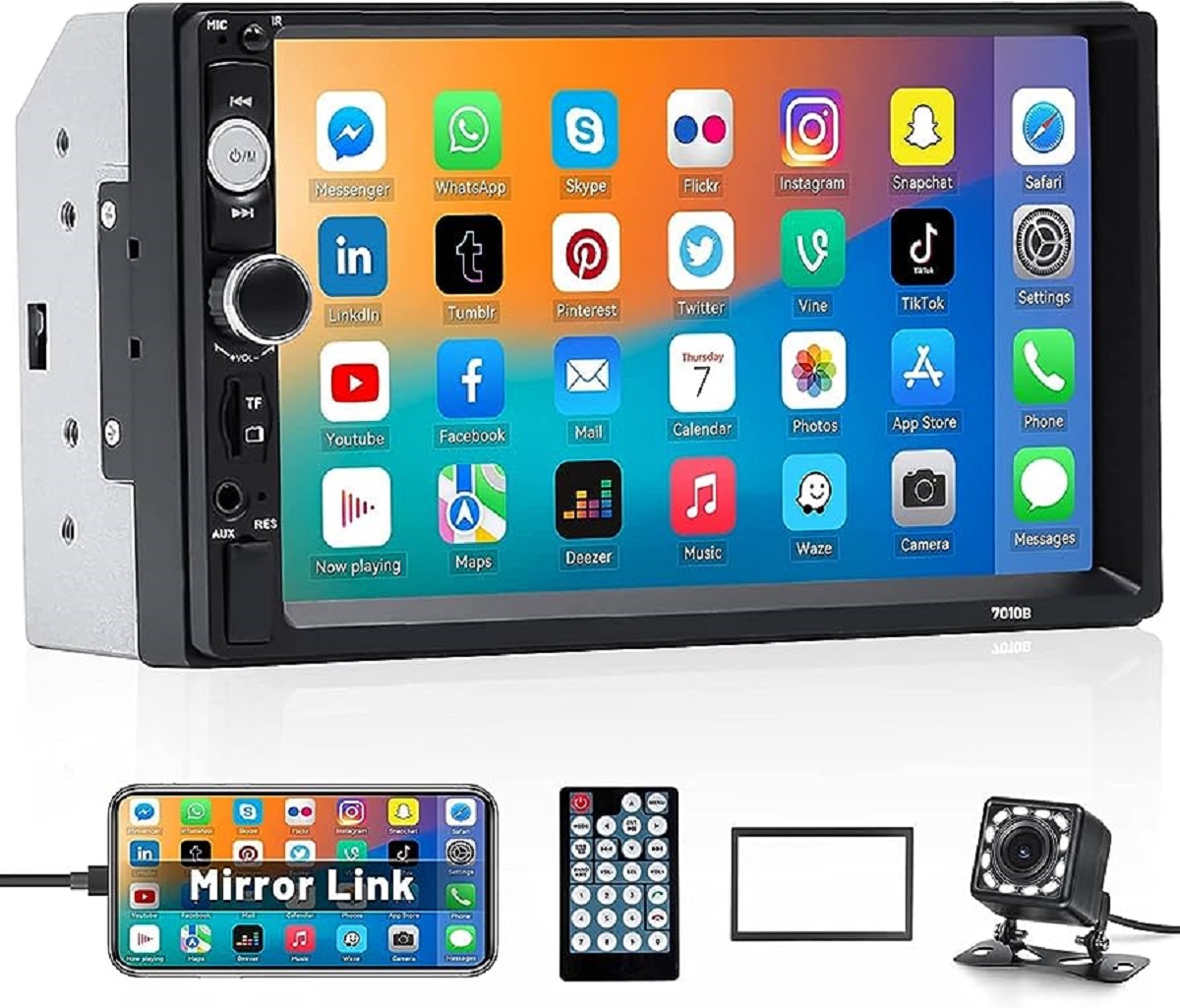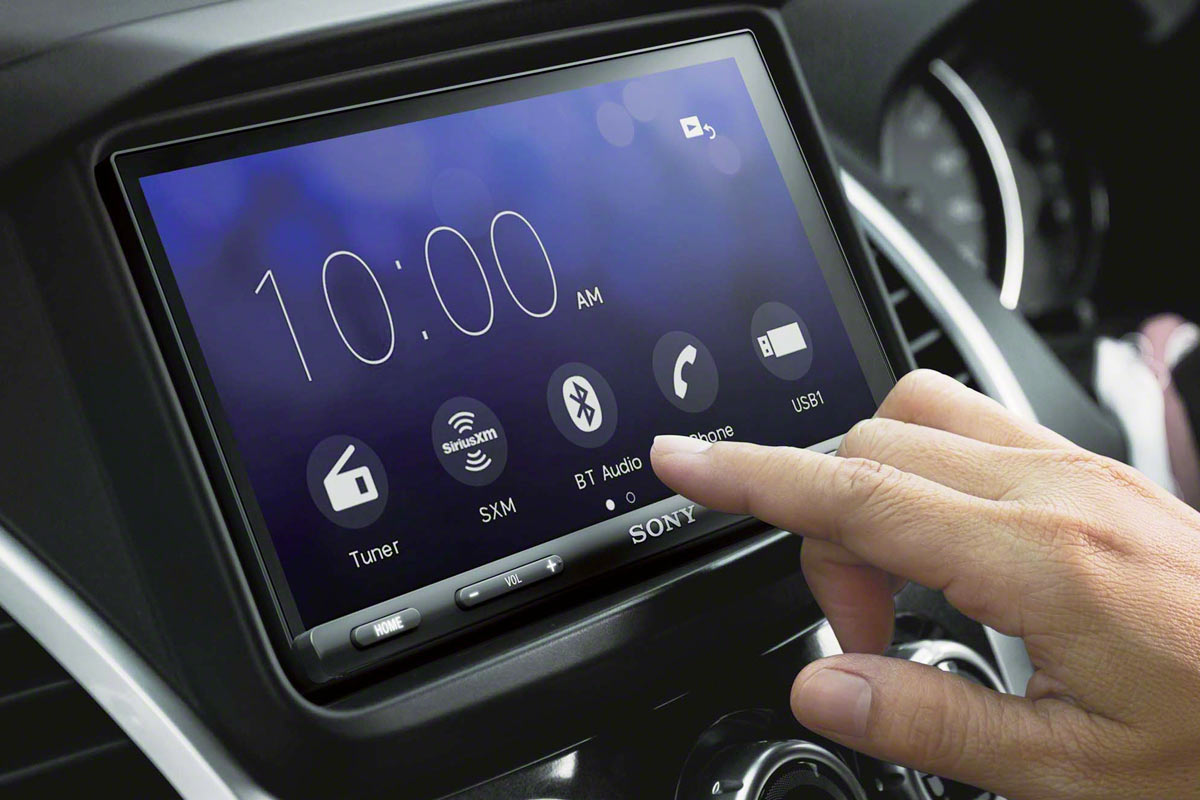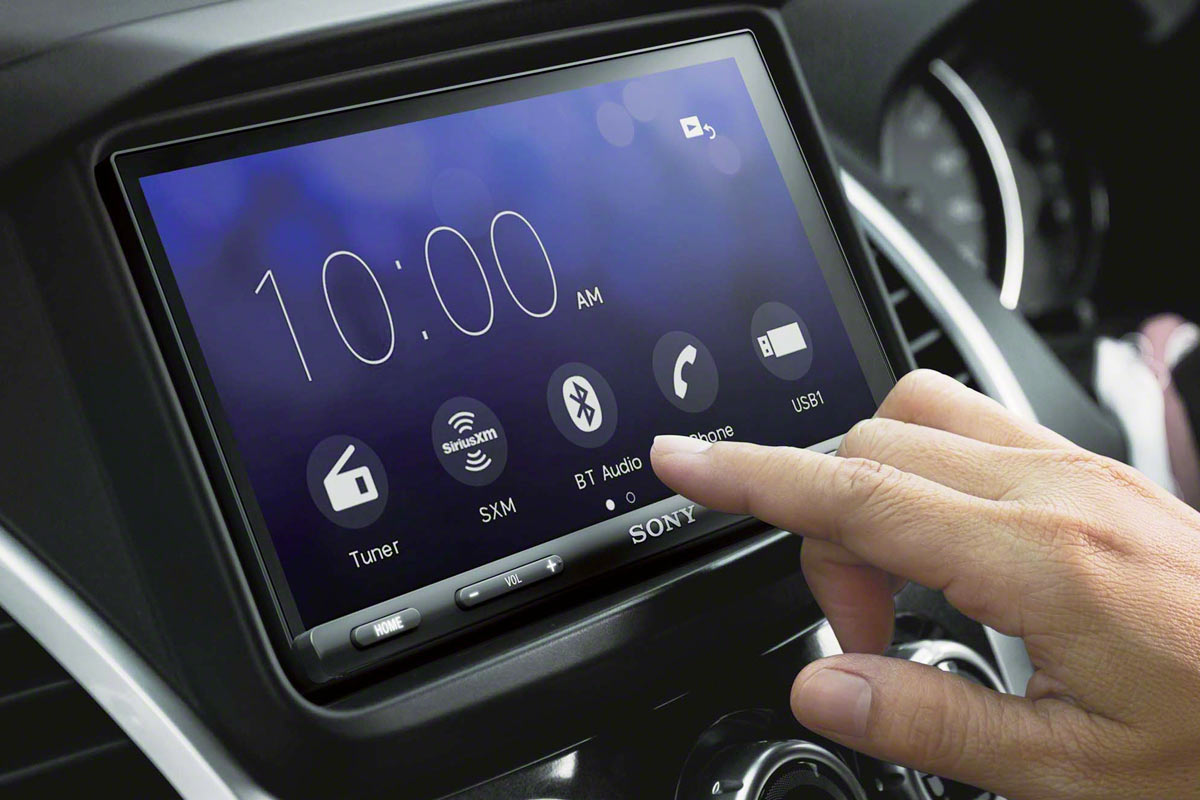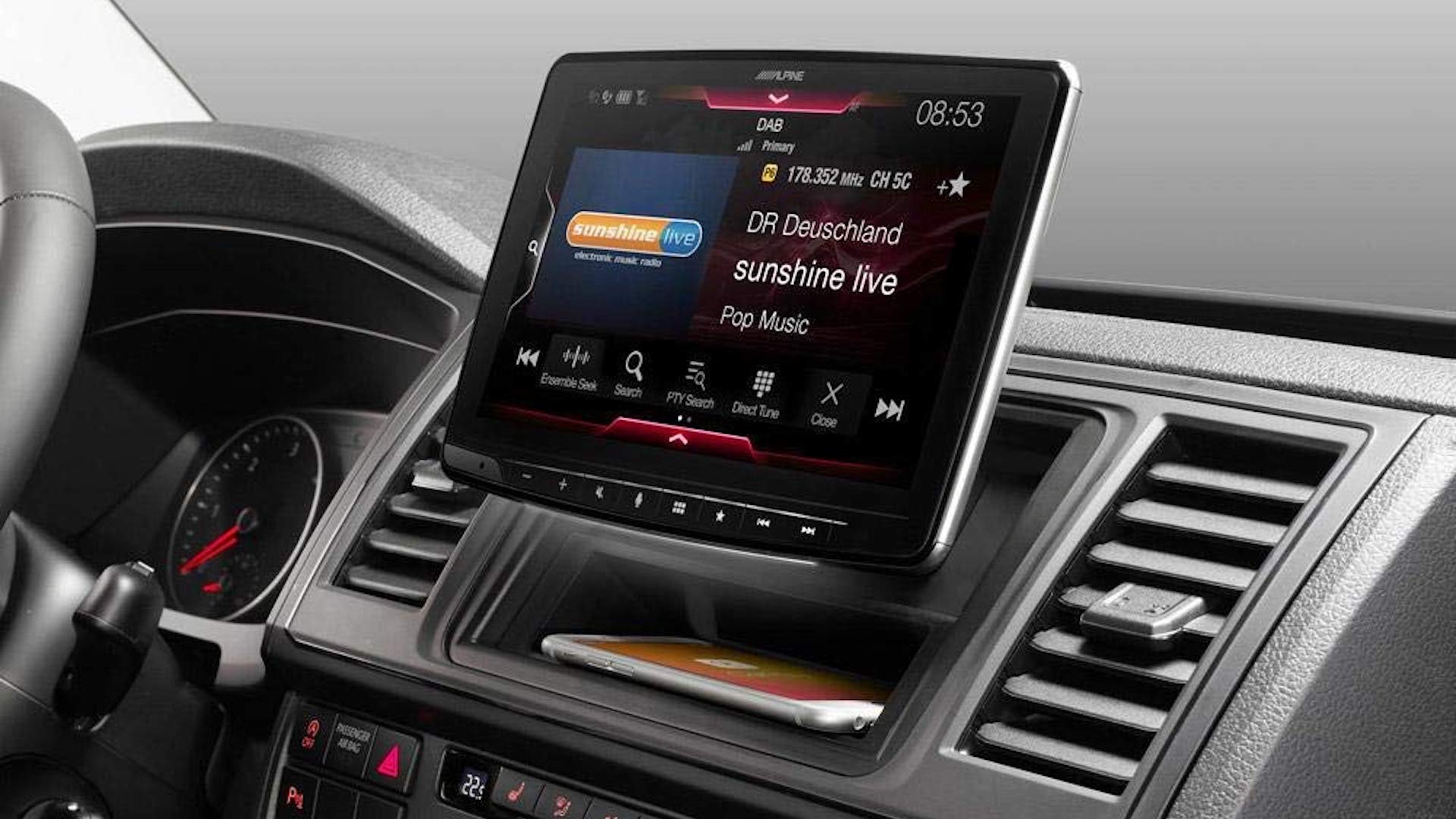Polestar CEO Thomas Ingenlath has confirmed the company’s commitment to retaining Android Auto and Apple CarPlay, despite the successful integration of Google built-in, which embeds Google apps and services directly into the company’s electric vehicles (EVs).
Key Takeaway
Polestar CEO Thomas Ingenlath reaffirms the company’s dedication to providing customers with a choice in infotainment systems, emphasizing the importance of retaining Android Auto and Apple CarPlay alongside the integration of Google built-in.
Polestar’s Stance on Infotainment Systems
- Thomas Ingenlath’s Commitment
- Complexity of Customer Preferences
- Championing Google Built-in
During an interview at CES 2024, Ingenlath emphasized the importance of providing customers with the freedom to choose their preferred infotainment system. He expressed Polestar’s dedication to offering a fantastic system with Google built-in while maintaining Android Auto and Apple CarPlay as options for customers. This commitment highlights the company’s recognition of the significance of customer choice and the potential drawbacks of exclusively relying on native technology within the vehicle.
The Significance of Google Built-in
- Integration of Google Automotive Services
- Early Adoption by Volvo and Polestar
- Expansion to Other Automakers
Google built-in, powered by the Android Automotive operating system, seamlessly integrates Google automotive services into vehicles. Volvo and Polestar were among the first to embrace Google’s Android Automotive OS with Google built-in, enabling their vehicles to receive new apps and features promptly. This integration has provided users with access to popular apps such as YouTube and Amazon Prime video, showcasing the potential for enhanced in-car entertainment and connectivity.
Role of Android Auto and Apple CarPlay
- Secondary Interface Functionality
- Usage as a Stop Gap
- Transition to Google built-in
Android Auto and Apple CarPlay serve as secondary interfaces that enable users to mirror their smartphone apps on the vehicle’s infotainment system. These platforms have been crucial for automakers striving to bridge the gap between in-car technology and consumer expectations. As more companies adopt Google built-in, the reliance on Android Auto and Apple CarPlay may diminish, reflecting a broader industry shift towards integrated infotainment solutions.

























